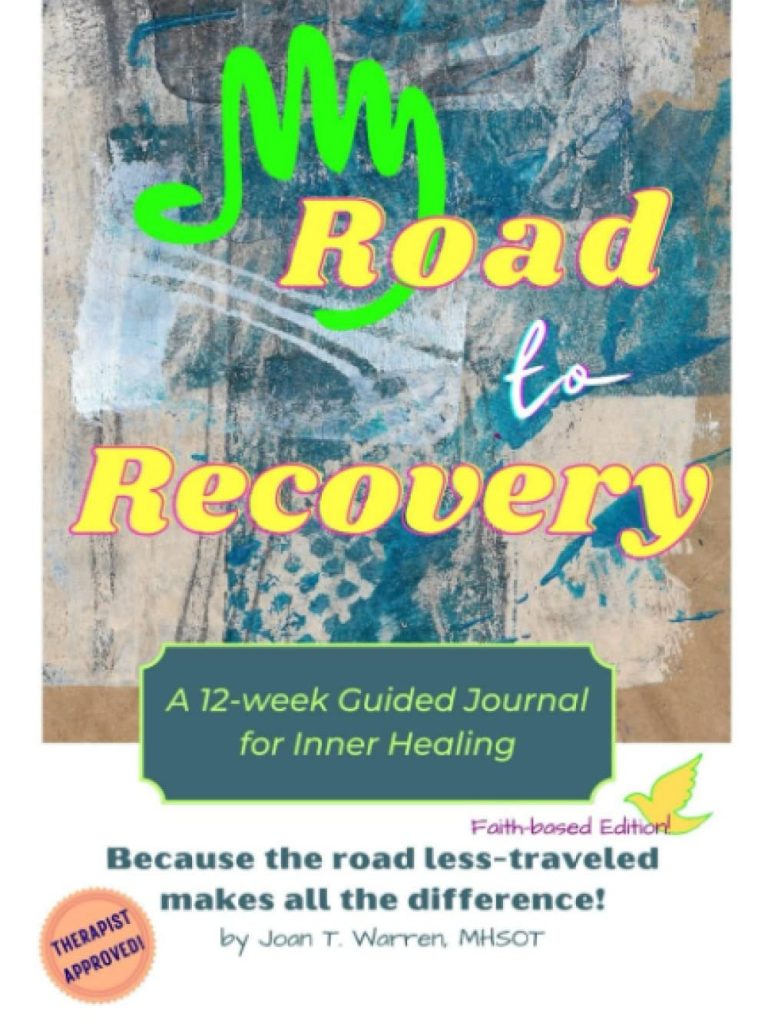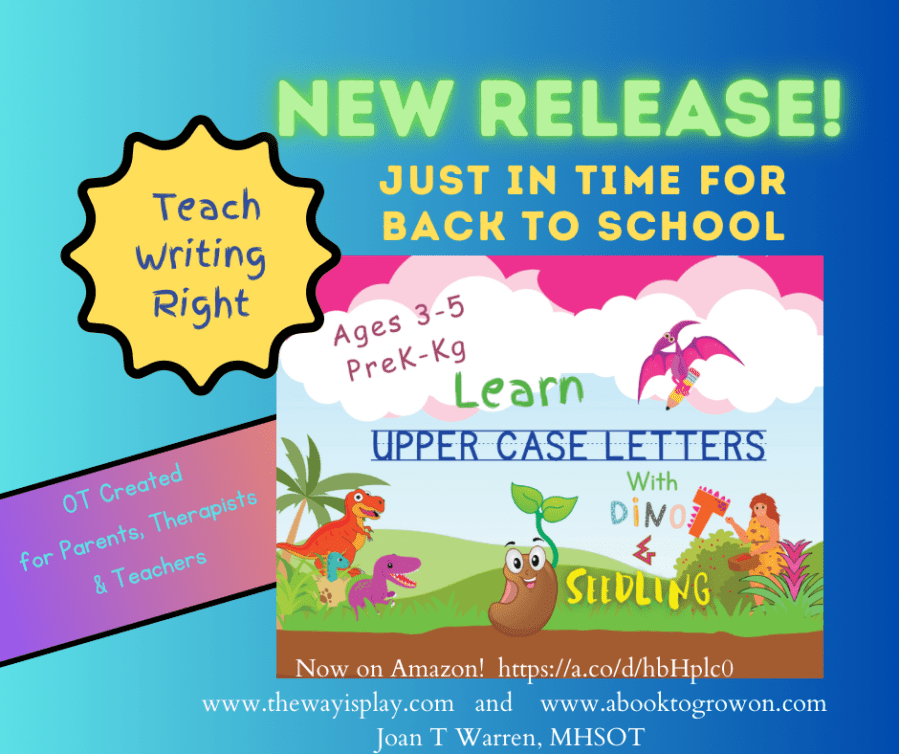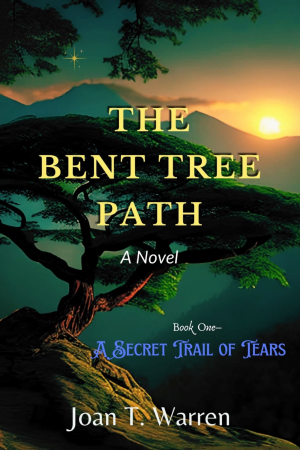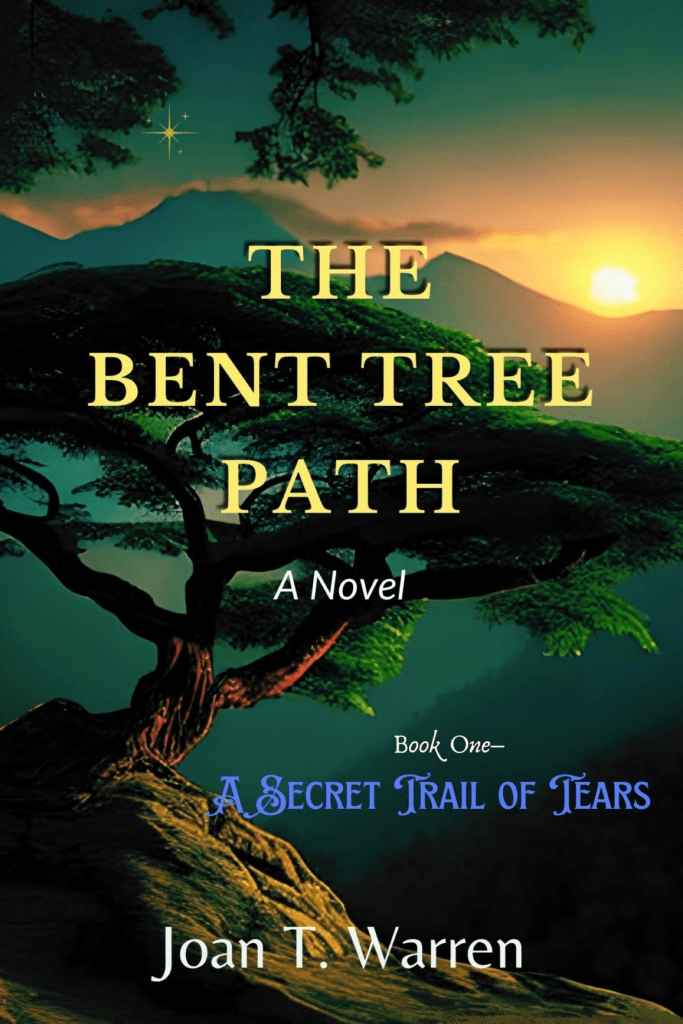
How many years have you spent living under the negative influence of your past? Be they childhood traumas, neglect, or even negative consequences of your own choices, you don’t have to spend another ten, twelve, or twenty years under their power. Dedicate 12 weeks to change the rest of your life.

Occupational therapists are experts when it comes to teaching handwriting. They’re called in when the rest fail. Use this professionally designed manual to help your little one. . . you too can “Teach writing right.”

From two different war-time eras in the suburbs of Washington, D.C., Lena, a Scots-Irish-Cherokee farmgirl from a loving family who marries young, and Becca, a lost teen in a large, dysfunctional family, must escape their abusive homes to save themselves and their children, but face larger obstacles that threaten to ensnare them in vicious cycles of shame and secrecy.

